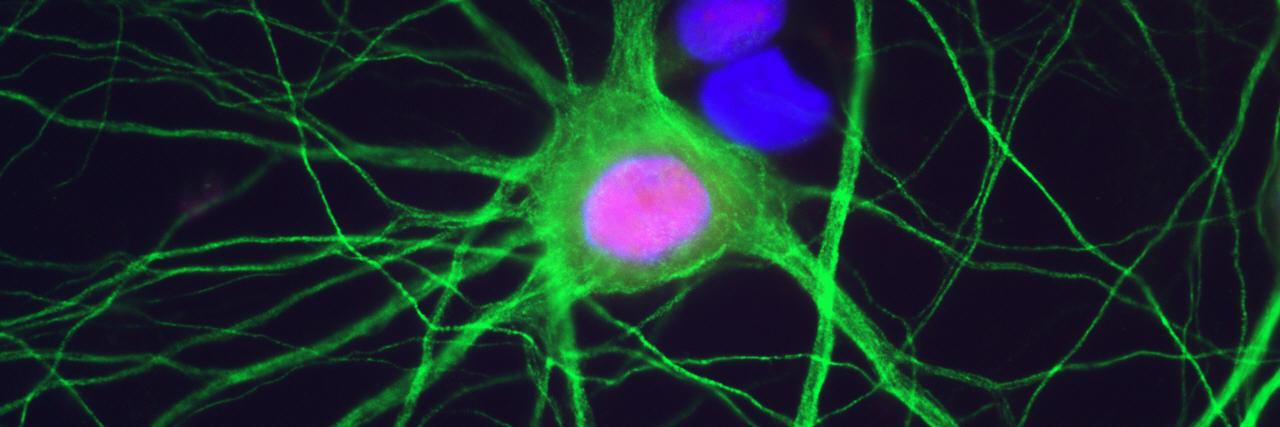
Mychael Lourenco
@mvlourenco
Neuroscientist studying molecular mechanisms of Alzheimer’s disease and related disorders. Assistant Professor at @UFRJ.
Happy to share this study led by @BigioBenedetta @carla_nasca lab @nyulangone and our team @ufrj just published @molpsychiatry. Here, using two cohorts, we show that plasma carnitine levels are reduced in women with cognitive impairment and dementia. nature.com/articles/s4138…

SPIDR enables multiplexed mapping of RNA-protein interactions and uncovers a mechanism for selective translational suppression upon cell stress: Cell cell.com/cell/fulltext/…
Concerted remodelling of the postsynaptic spine and RNA granule by cLTP biorxiv.org/content/10.110… #biorxiv_neursci
Online now: G-protein-coupled receptor ADGRG1 drives a protective microglial state in Alzheimer's disease through MYC activation dlvr.it/TM6YVm
Spatial proteomics of Alzheimer’s disease-specific human microglial states nature.com/articles/s4159…
mTORC1 senses glutamine and other amino acids through GCN2 | The EMBO Journal embopress.org/doi/full/10.10…
Nearly half of dementia cases could be prevented or delayed by tackling 14 risk factors starting in childhood, including two new risks—high cholesterol and vision loss, suggests report from the Lancet Commission on dementia. On #WorldBrainDay, explore the report ➡️…
"Brain metabolism is a tissue-level phenomenon in which glial cells are not mere assistants but full partners". A short and sweet editorial led by @bolanosjuanp that challenges the neuron-centered view of brain metabolism. onlinelibrary.wiley.com/doi/10.1111/jn…
Our comment on a very interesting @eLife paper showing how S1PR signaling may underlie pain-associated memory impairment is now out! Check it out! elifesciences.org/articles/105633
New online! Amyloid-lowering immunotherapies for Alzheimer disease: current status and future directions bit.ly/4kMmbWL
Glycogen supports glycolytic plasticity in neurons pnas.org/doi/10.1073/pn…
Pleased to be able to contribute to this huge international effort led by @RikOssenkoppele and colleagues @biofinder_study exploring tau PET in n=12,048 individuals *open access* paper here: nature.com/articles/s4159…
Accelerating biomedical discoveries in brain health through transformative neuropathology of aging and neurodegeneration @NeuroCellPress cell.com/neuron/fulltex…
APOE ε4 carriers share immune-related proteomic changes across neurodegenerative diseases @NatureMedicine nature.com/articles/s4159…
Synaptic loss pattern is constrained by brain connectome and modulated by phosphorylated tau in Alzheimer’s disease nature.com/articles/s4146…
Amyloid-β modulates the phase separation and aggregation of α-synuclein | PNAS pnas.org/doi/10.1073/pn…
One of the most impactful works I have the honour to contribute! Congratulations @nanosanta @HernHdezL @AgustinMIbanez @SandraBez9 and all team around the globe 🌎🌍🌏!
Aging is more than a biological process—it is deeply shaped by social, political, and environmental conditions. Our global study reveals that social inequality, political unrest, and pollution accelerate aging. Using age acceleration as a biomarker, we identified striking…
Most viewed this week from @JAMANeuro: Higher educational attainment is linked to slower tau accumulation in amyloid β-negative individuals but accelerates tau accumulation and spread in amyloid β-positive stages. #Alzheimer ja.ma/4kBVVOV
Response of spatially defined microglia states with distinct chromatin accessibility in a mouse model of Alzheimer’s disease nature.com/articles/s4159…
Early-life exercise extends healthspan but not lifespan in mice | Nature Communications nature.com/articles/s4146…
